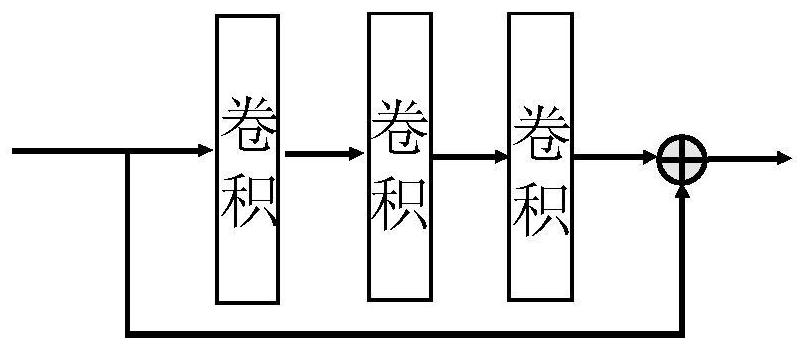A Segmentation System for Iris Localization Based on Hole Residual Attention Structure
A technology of iris positioning and attention, applied in the direction of neural architecture, instruments, biological neural network models, etc., to achieve the effect of realizing the quality of iris area
- Summary
- Abstract
- Description
- Claims
- Application Information
AI Technical Summary
Problems solved by technology
Method used
Image
Examples
Embodiment Construction
[0027] 1. Structural design
[0028] In order to better perform iris segmentation, this paper proposes a spatial attention mechanism to improve segmentation performance. The specific attention structure is as follows: figure 2 shown. In order to avoid the problems caused by direct channel compression, the attention mechanism proposed in this paper first performs global pooling on the feature map, for a dimension of After the feature tensor of the global pooling is obtained, the dimension is , and then use the two-layer fully connected network to obtain the channel mask vector. The two-layer fully connected network implements the mapping process. After the channel mask is obtained, the channel-weighted feature map is obtained by multiplying the corresponding channels, and then the feature map channel is compressed to 1 using a convolution operation with a convolution kernel of 1×1. Expand the compressed single-channel feature map into a vector form to obtain a spatia...
PUM
 Login to View More
Login to View More Abstract
Description
Claims
Application Information
 Login to View More
Login to View More - Generate Ideas
- Intellectual Property
- Life Sciences
- Materials
- Tech Scout
- Unparalleled Data Quality
- Higher Quality Content
- 60% Fewer Hallucinations
Browse by: Latest US Patents, China's latest patents, Technical Efficacy Thesaurus, Application Domain, Technology Topic, Popular Technical Reports.
© 2025 PatSnap. All rights reserved.Legal|Privacy policy|Modern Slavery Act Transparency Statement|Sitemap|About US| Contact US: help@patsnap.com



